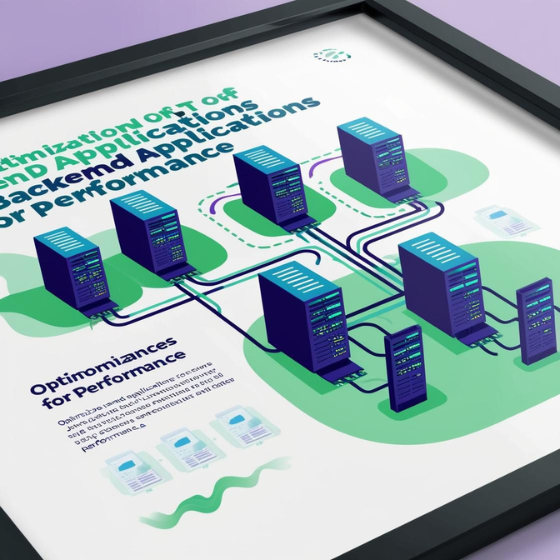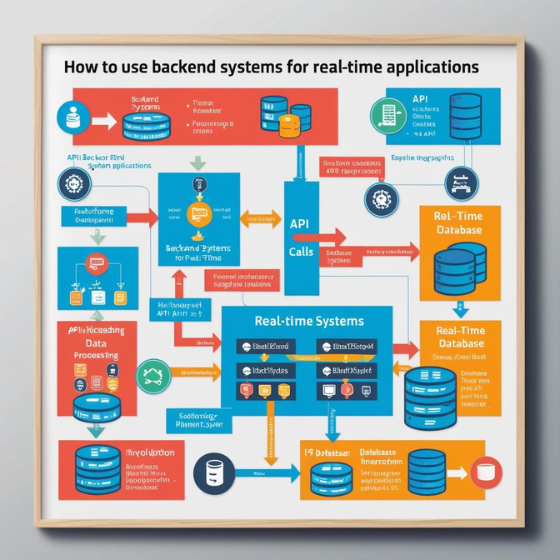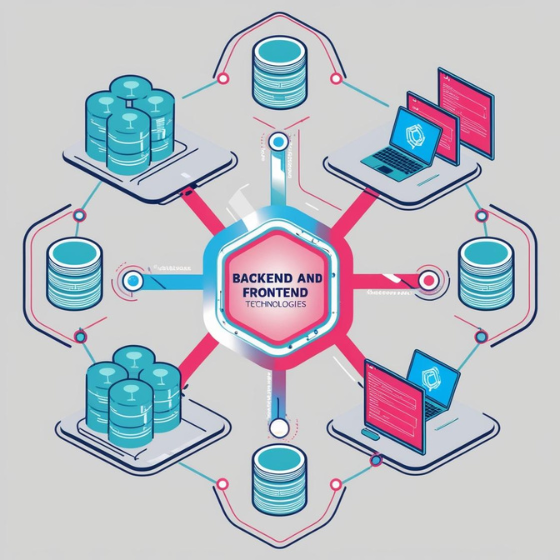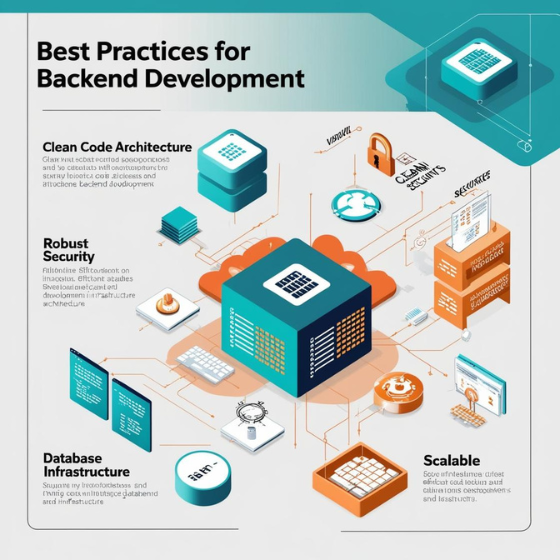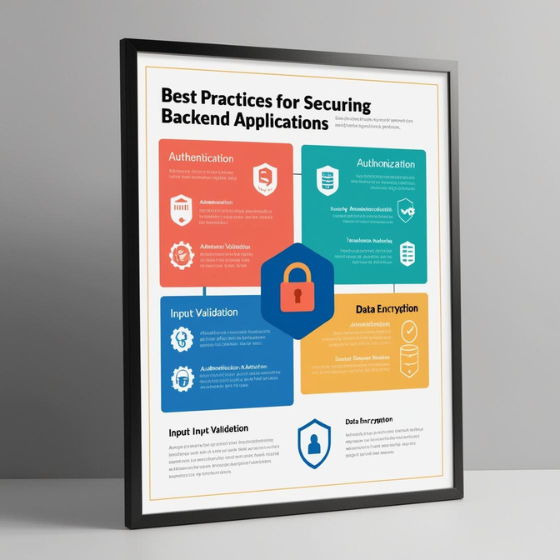How to Optimize Backend Applications for Performance: A Comprehensive Guide
Introduction
In today’s fast-paced digital world, backend performance plays a critical role in the success of any web application. A slow backend can lead to frustrating user experiences, increased bounce rates, and even lost revenue. According to a survey, 40% of users abandon a website if it takes more than 3 seconds to load. That’s a clear indication of the high demand for performance optimization, especially for backend applications.
If you’re wondering how to optimize backend applications for performance, you’re not alone. Whether you’re a developer, business owner, or IT manager, improving backend performance is a priority for all. This blog will explore practical strategies and tools you can leverage to make your backend applications more efficient, faster, and scalable. Along the way, we’ll also highlight how Sodio’s expertise in backend development can help your business optimize performance seamlessly.
Why Backend Performance Optimization Matters
Before diving into the optimization techniques, it’s important to understand why backend performance is crucial for your application. A well-optimized backend provides several benefits:
- Faster Response Times: Optimizing backend processes ensures quicker data retrieval, resulting in faster page loads and improved user experience.
- Scalability: As your business grows, your backend needs to handle an increasing amount of data and traffic. Proper optimization ensures scalability without compromising performance.
- Cost Efficiency: A faster backend reduces server load, which can lower operational costs, especially for applications with a high volume of traffic.
- Better User Retention: Users are more likely to engage with a website or application that loads quickly and operates seamlessly.
In the next sections, we will discuss how to optimize backend applications for performance through several approaches.
1. Efficient Database Management
One of the most critical areas for optimizing backend performance is the database. Databases are responsible for storing and retrieving data, and inefficient queries or an unoptimized database can significantly slow down your backend. Here’s how you can optimize it:
- Use Indexing: Indexing helps speed up data retrieval by creating quick references for commonly queried columns. However, over-indexing can be detrimental, so choose columns wisely.
- Optimize Queries: Avoid writing inefficient SQL queries that take up unnecessary resources. Use
EXPLAINor profiling tools to analyze slow queries and optimize them. - Database Caching: Cache frequently accessed data in memory (using Redis or Memcached) to reduce load on the database and speed up response times.
Sodio offers expert database optimization services that ensure your backend can handle large-scale operations with ease. Whether you’re using MySQL, PostgreSQL, or NoSQL databases, we help design and implement efficient database architectures.
2. Code Optimization and Refactoring
The quality of the code in your backend is another area that impacts performance. Poorly written or unoptimized code can lead to memory leaks, slower execution, and more bugs. Here’s how to improve backend performance through code:
- Refactor Inefficient Code: Regularly review your code for inefficiencies like redundant logic or unnecessary function calls. Refactor to streamline the code and improve execution speed.
- Use Asynchronous Processing: Asynchronous programming allows non-blocking operations, enabling the backend to handle multiple tasks concurrently, leading to better responsiveness.
- Use Efficient Algorithms: The choice of algorithm can significantly impact performance. Ensure that the algorithms you’re using for tasks like data sorting, searching, or file processing are optimal for the task.
By working with Sodio, you gain access to experienced developers who understand the nuances of backend code optimization. We help refactor your codebase for optimal performance and long-term scalability.
3. Load Balancing and Scalability
As your application grows, the backend must scale to accommodate more users and data. Here’s where load balancing comes into play:
- Distribute Traffic Efficiently: Load balancers help distribute incoming traffic evenly across multiple servers, preventing any single server from being overwhelmed. This ensures a smooth user experience even under heavy load.
- Horizontal Scaling: Instead of relying on a single, powerful server, consider horizontal scaling, which involves adding more servers to handle increasing demand. This approach can ensure your backend remains performant even during traffic spikes.
- Vertical Scaling: If your application’s needs grow more predictably, vertical scaling (upgrading the server’s hardware) might be a more cost-effective option.
At Sodio, we specialize in creating scalable backend architectures that ensure your application can grow seamlessly without performance degradation. Whether it’s scaling horizontally or vertically, we have the right solutions to keep your backend efficient
4. Caching Strategies
Caching is one of the simplest yet most effective ways to optimize backend performance. By storing frequently accessed data in memory, you reduce the load on the database and speed up response times. Here’s how to implement caching:
- Database Caching: Cache the results of commonly run queries in memory to avoid hitting the database repeatedly. Redis and Memcached are popular caching tools for this purpose.
- Page Caching: For applications where entire pages are requested frequently (e.g., blogs or product pages), you can cache full HTML pages to avoid generating the same content repeatedly.
- Object Caching: Cache objects that don’t change often but are expensive to generate, like user sessions or product data.
Sodio can help implement robust caching solutions tailored to your backend infrastructure, improving speed and reducing unnecessary server load.
5. Utilize Content Delivery Networks (CDNs)
While CDNs are typically associated with frontend performance, they also play a crucial role in backend optimization. CDNs store copies of static assets (like images, scripts, and stylesheets) on multiple servers around the world, making them faster to access for users from different regions. This reduces the load on your backend and improves global performance.
- Offload Static Content: By serving static content from a CDN, you free up backend resources to handle dynamic requests and API calls more efficiently.
- Reduce Latency: CDNs decrease latency by serving content from the closest geographical location to the user.
If you’re looking to optimize your backend for a global audience, Sodio’s CDN integration services can help ensure that static content is delivered efficiently, reducing server load and improving user experience.
Conclusion: Implementing Backend Performance Optimization
In conclusion, how to optimize backend applications for performance is a multifaceted challenge that requires attention to detail in areas like database management, code optimization, scalability, caching, and CDNs. By taking a strategic approach to these areas, you can ensure that your backend is capable of handling high traffic volumes while maintaining speed and reliability.
Optimizing your backend is not just about improving performance—it’s about creating a more scalable, efficient, and cost-effective solution for your business. Whether you need help optimizing your existing infrastructure or designing a new backend system from the ground up, Sodio is here to guide you every step of the way.
For more information on backend performance optimization and how we can help, visit our Backend Development Services page or reach out to our team for a consultation.
Ready to improve the performance of your backend applications? Contact Sodio today to learn how we can help optimize your backend for speed, scalability, and success. Explore our backend services and take the first step toward a high-performance application!
